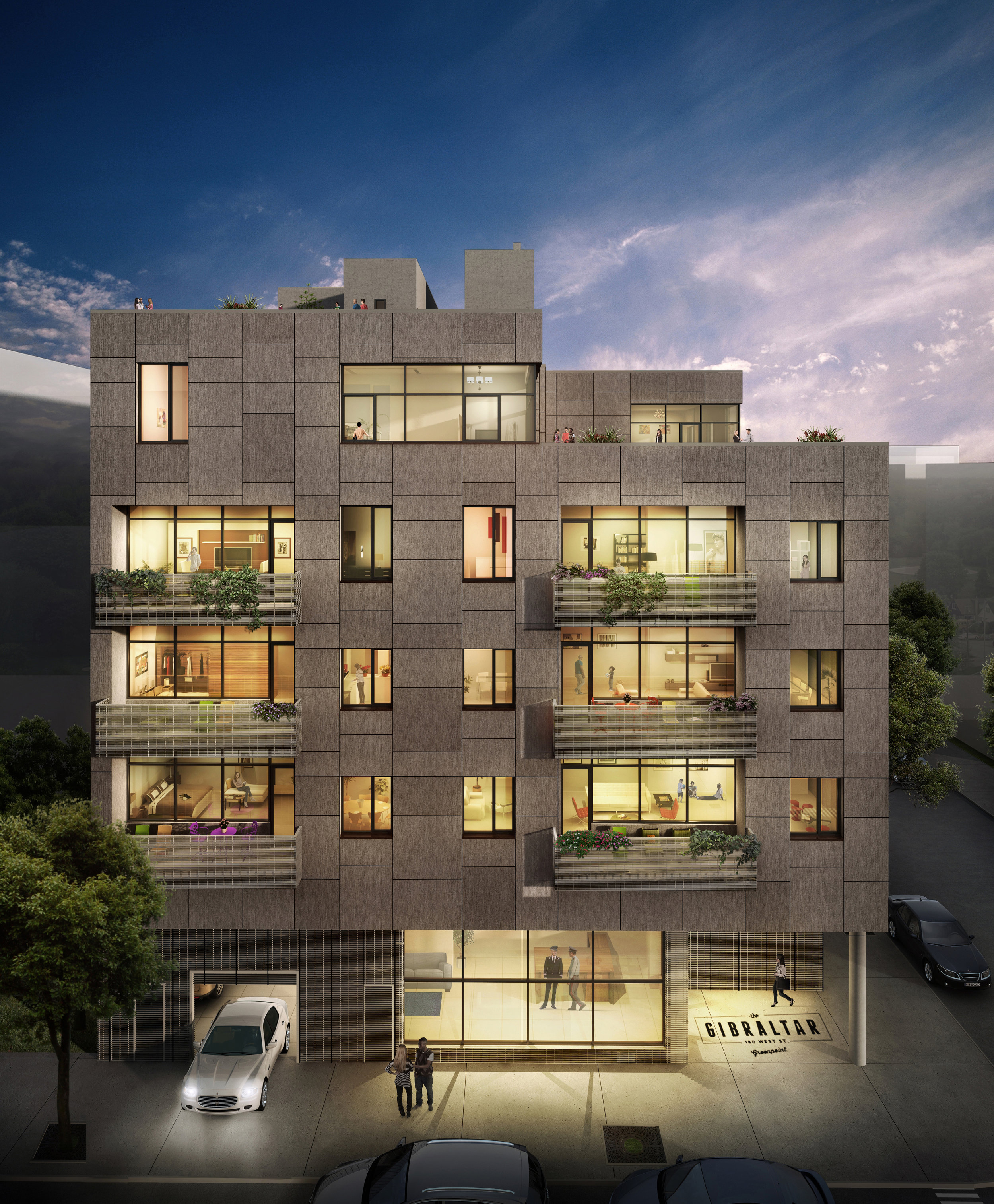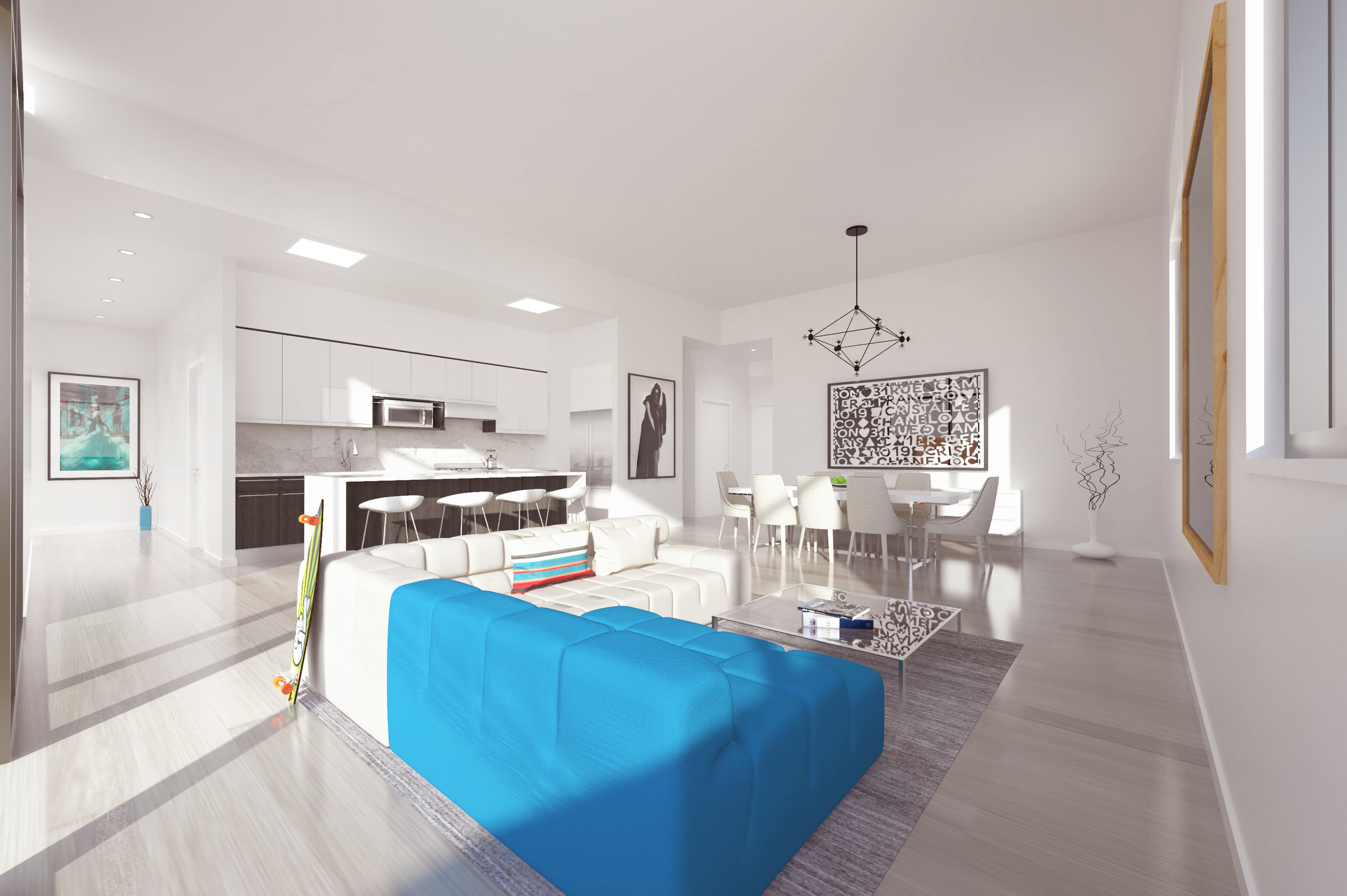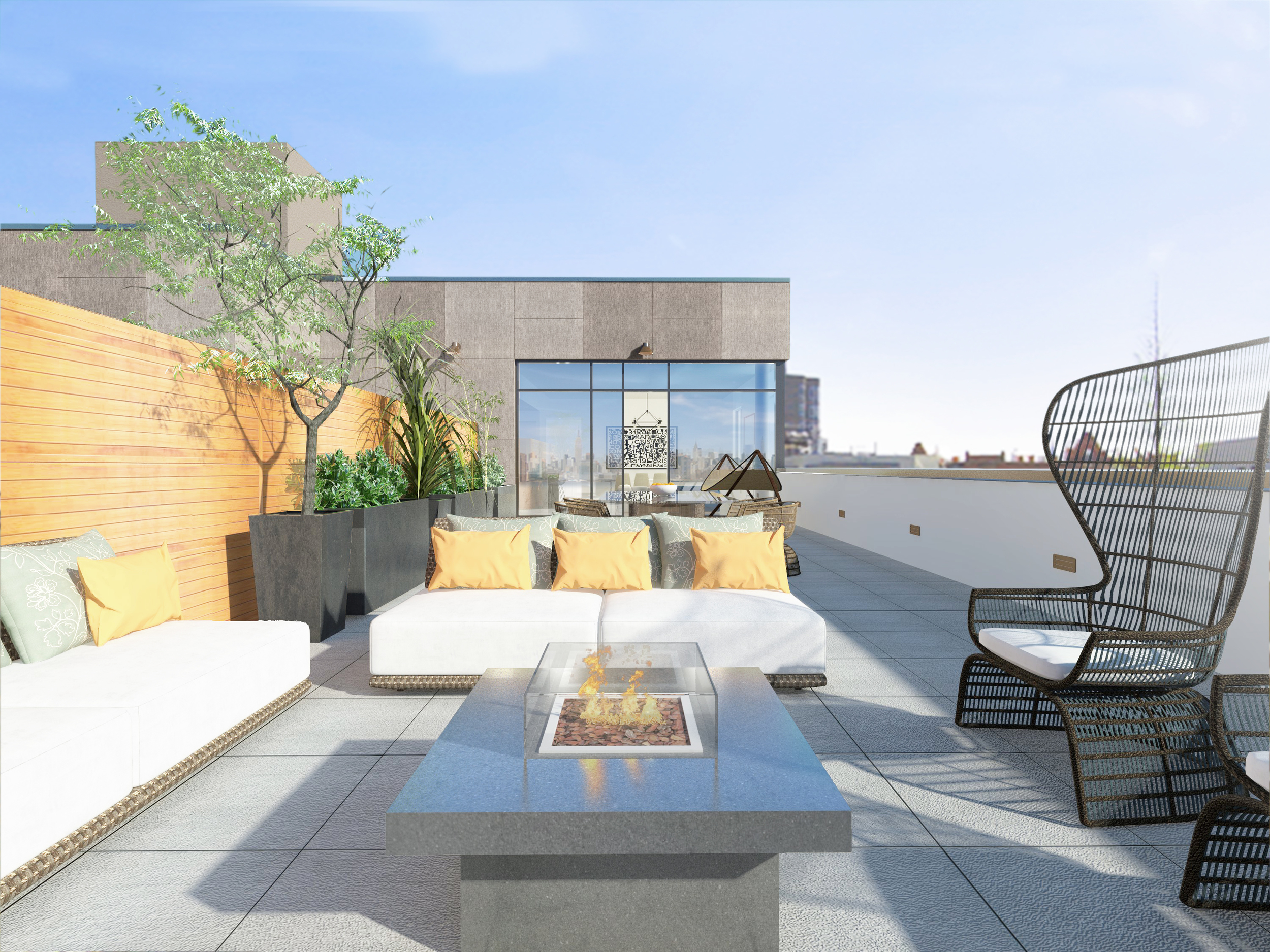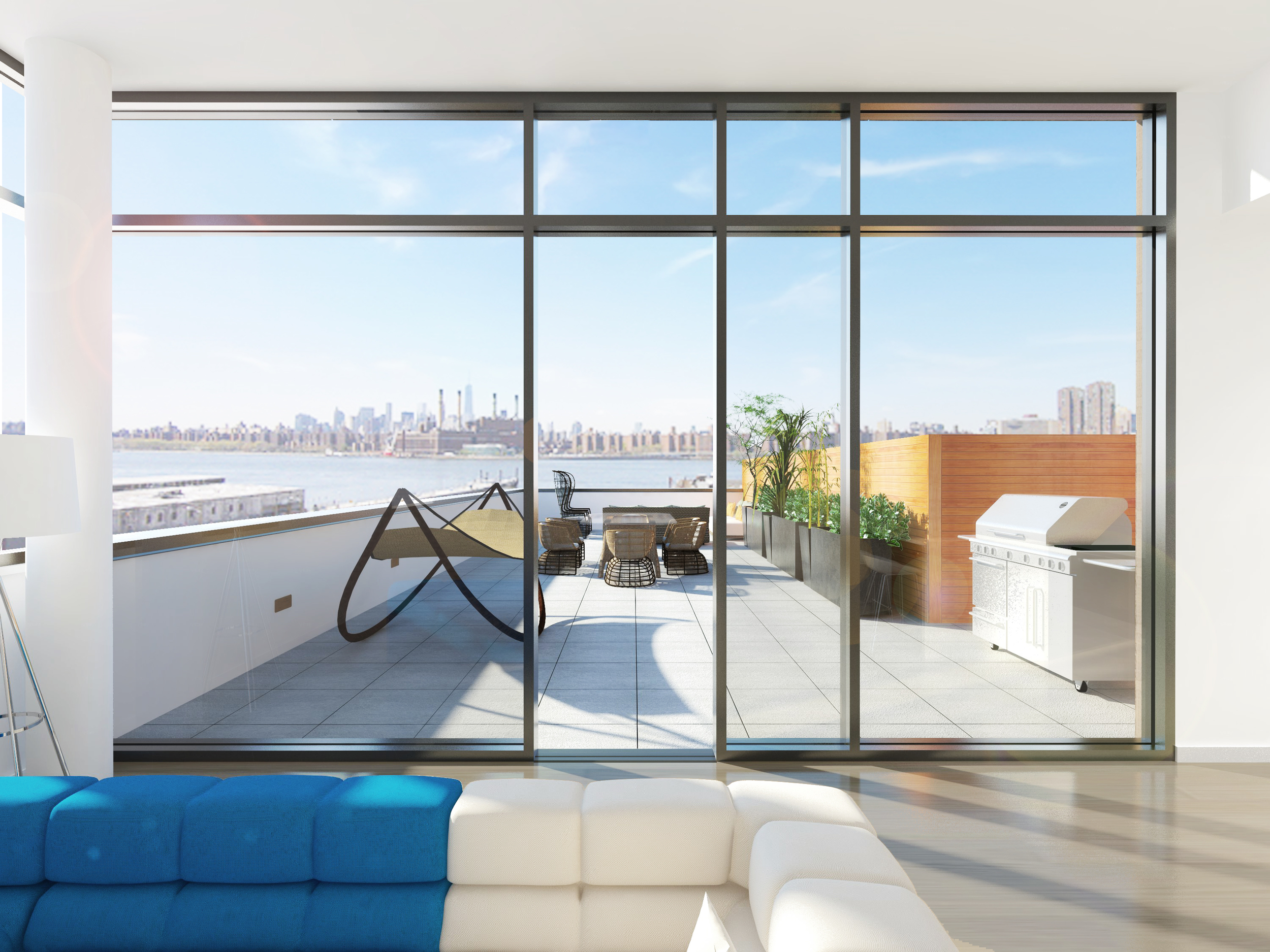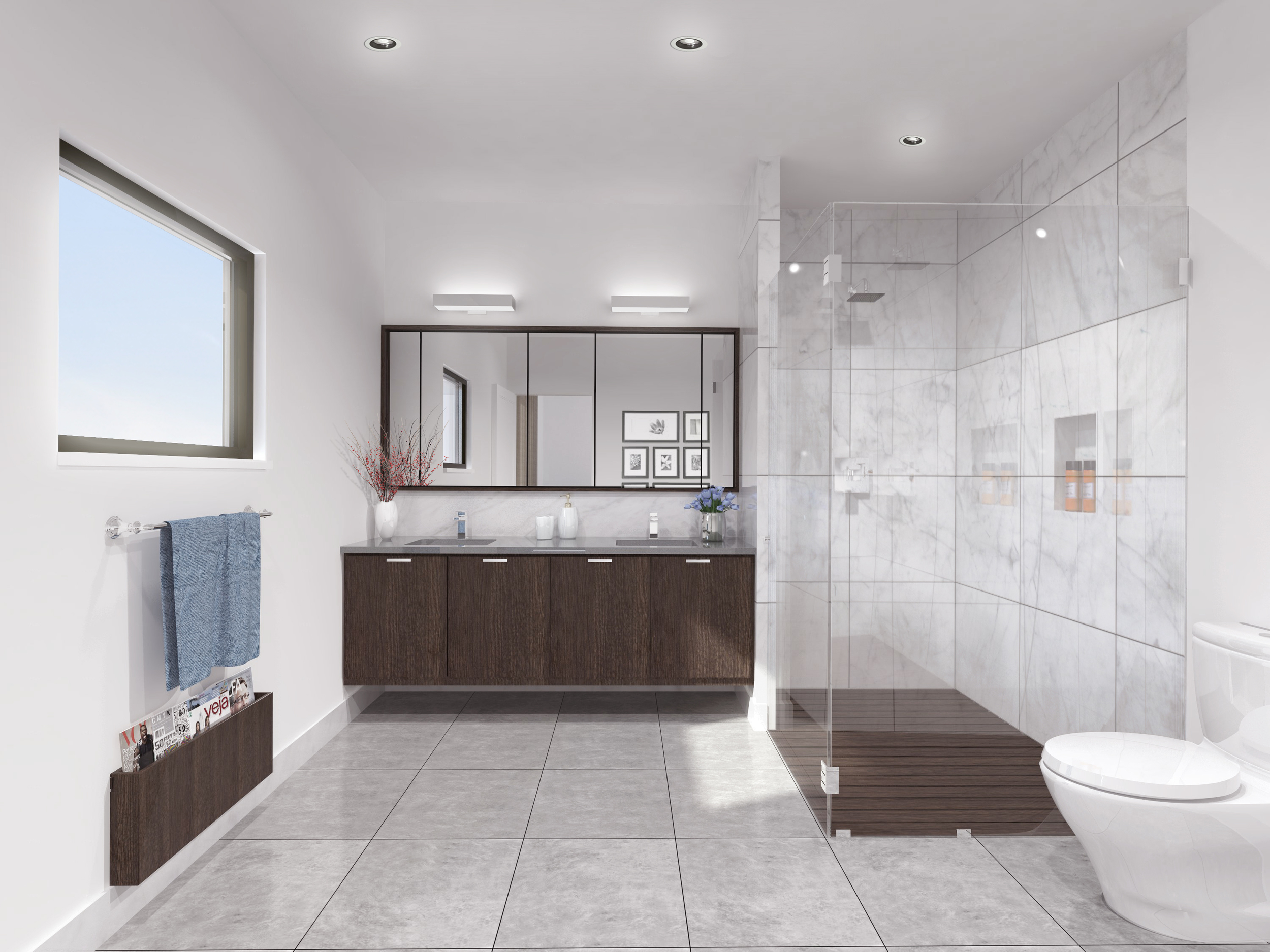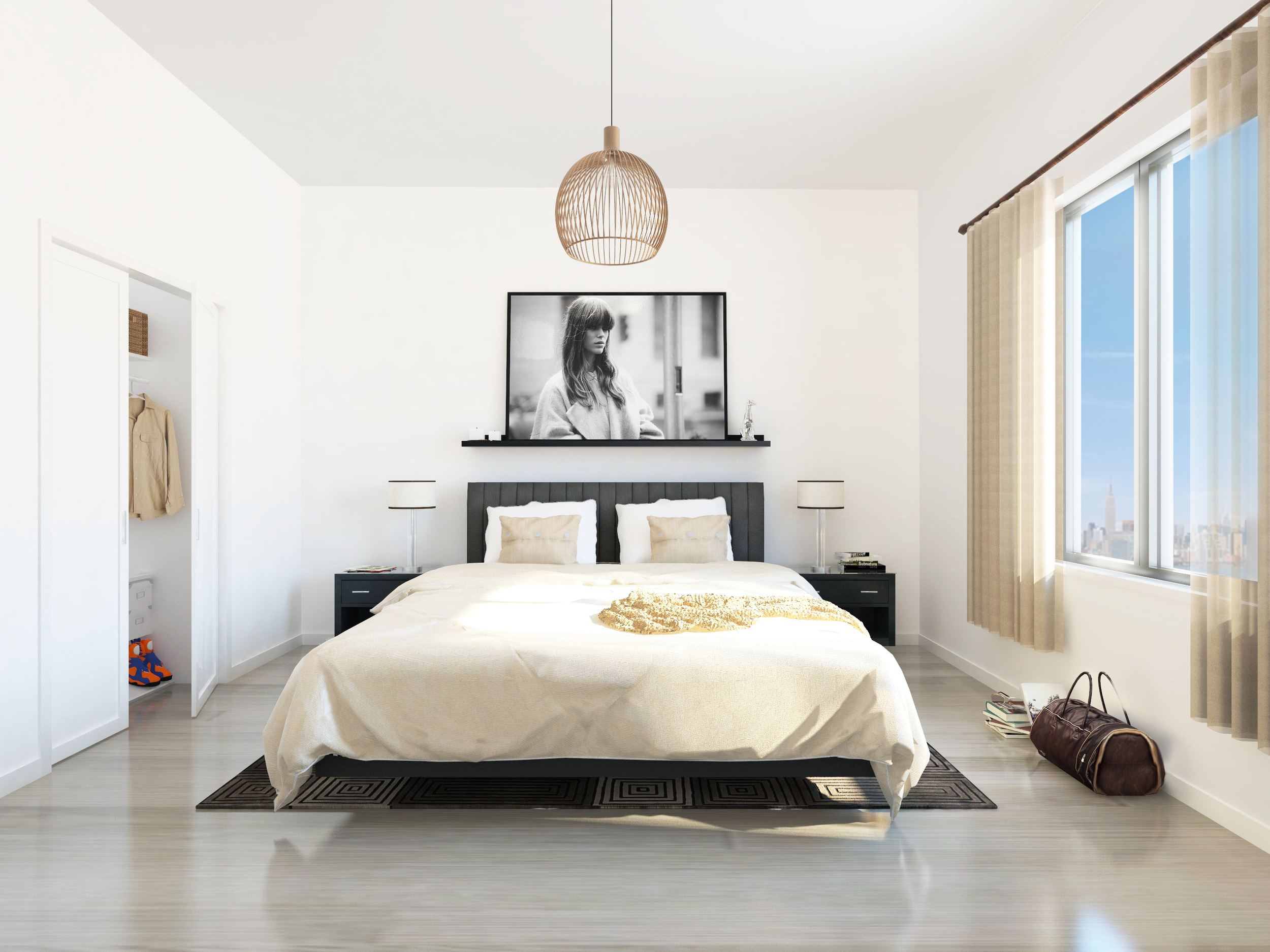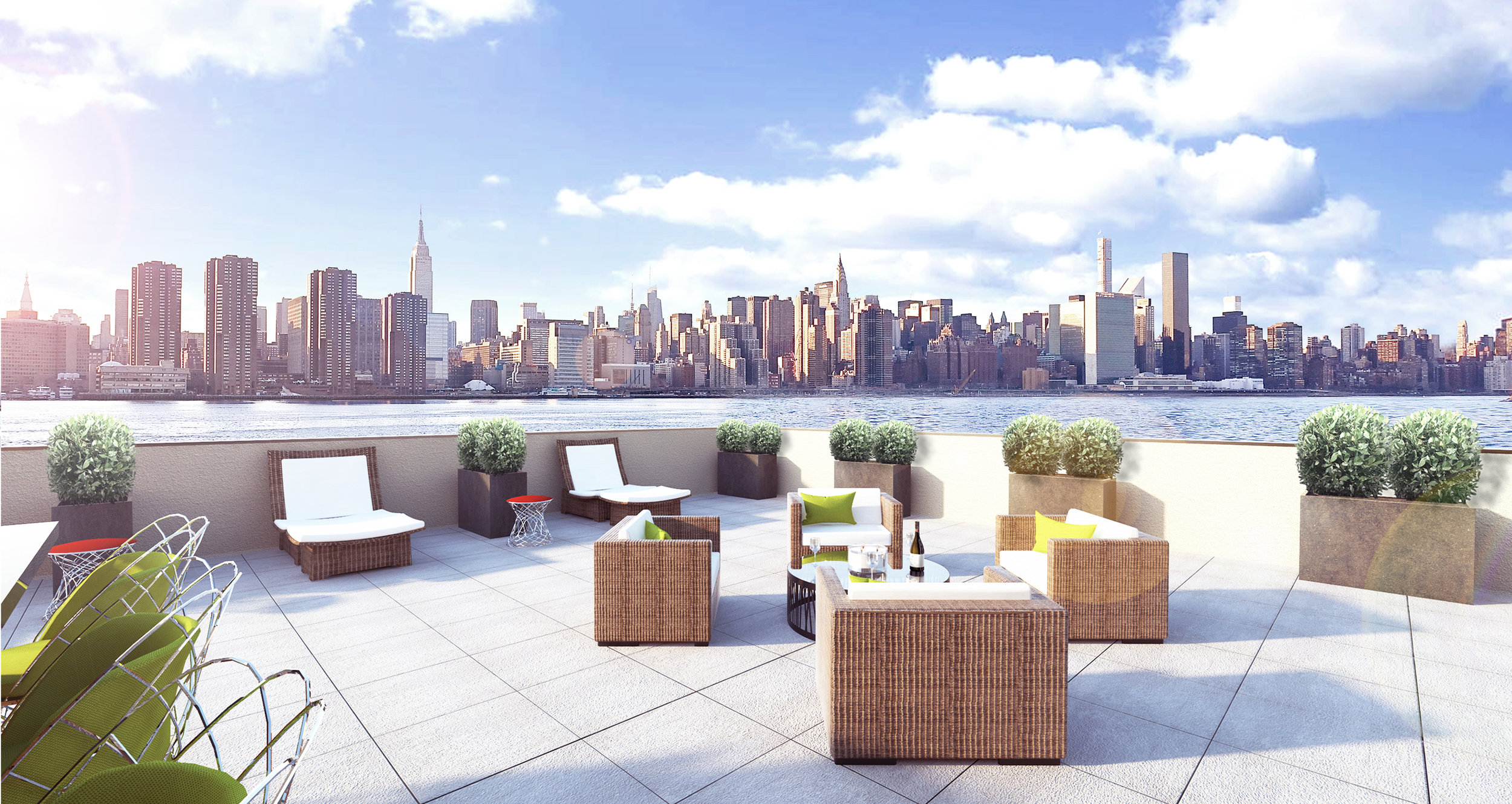
Popular Residential Development Concepts in the US

Samples of popular residential development concepts in the US
The US is a nation of diverse communities, cultures, and lifestyles. As such, it has seen a wide range of residential development concepts emerge over the years. From single-family homes to multi-unit complexes, there are many options for prospective homeowners or renters in the US. Here we look at some of the most popular residential development concepts currently found across America:
1) Urban Infill Development: Urban infill is one of the more common forms of residential development in the US today. It involves taking an existing urban area and developing it further with new housing units that often have a higher density than their surroundings. This type of development can include high rises, townhouses, condominiums, and apartments – all designed to fit within an existing cityscape while providing modern amenities and convenience to residents.
2) Suburban Sprawl: Suburban sprawl has become increasingly popular over recent decades as people seek larger living spaces outside crowded cities. Typically this involves large plots with single-family homes surrounded by lawns and gardens spread out on expansive lots, which provide greater privacy than traditional urban dwellings do. The downside is that suburban sprawls require extensive infrastructure investments from local governments to accommodate them adequately – something not everyone agrees with or supports financially speaking!
3) Mixed-Use Developments: Mixed-use developments are becoming increasingly popular due to their ability to combine different types of land uses into one area – typically including both commercial space (such as shops or restaurants) alongside residential units like apartments or condos within proximity. This allows for increased walkability between different activities while also promoting more significant community interaction among its inhabitants - making these developments attractive for both young professionals looking for easy access to work/leisure opportunities as well as families who want convenient access to services without having too far away from home!
4) Greenfield Development: Greenfield developments involve building new housing units on undeveloped land, usually located outside major cities but still near enough transportation hubs so they're accessible via car or public transport links (like commuter rail). These projects often come under criticism because they tend not only to require vast energy resources during construction but also create additional environmental impacts due to deforestation. However, if done correctly, greenfield developments can be beneficial by bringing jobs & economic growth into areas previously lacking opportunity, thus helping revitalize rural regions while providing quality affordable housing options too! Online casino 10 euro einzahlen paysafe
Traditional Neighborhood Developments
The United States has seen a surge in residential development concepts over the past few decades. These developments are designed to provide communities with more efficient, attractive, and comfortable living spaces for their residents. From small-scale projects to sprawling complexes, these developments have been instrumental in reshaping how we live our lives. Here is a look at some of the most popular residential development concepts in the US:
1) Traditional Neighborhood Developments (TNDs): TNDs are based on traditional neighborhood designs that were common before World War II. They typically feature winding streets lined with single-family homes, parks and green spaces, shops, and other amenities within walking distance of each home. The goal of this type of development is to create an environment that encourages social interaction between neighbors while providing them with convenient access to services and amenities they need for daily life.
2) Mixed-Use Developments: This type of development combines residential housing with retail stores or offices so that people can live near where they work or shop without having to commute long distances every day. This concept also helps reduce traffic congestion by encouraging people to walk or bike instead of driving when possible. It also allows businesses greater visibility due to its proximity to potential customers' homes which makes it attractive for developers as well as local governments looking for ways to increase economic activity within their cities and townships.
3) Green Buildings/LEED Certified Projects: Green buildings use sustainable building materials such as bamboo flooring or recycled steel beams and energy-efficient appliances like LED lighting fixtures and solar panels to conserve resources while reducing operating costs associated with running a home or business facility over time. LEED-certified projects take green building principles even further by ensuring that all aspects, from site selection through construction, meet specific standards set forth by the US Green Building Council (USGBC).
4) Smart Growth Initiatives: Smart growth initiatives aimed at creating more livable communities by promoting mixed-use neighborhoods accessible via public transportation systems rather than relying solely on automobiles. These types of initiatives encourage compact urban design along with conservation measures such as preserving open space areas and utilizing natural resources responsibly so that future generations can enjoy them too. Additionally, innovative growth policies often incentivize builders who construct environmentally friendly structures such as those mentioned above under the "Green Buildings/LEED Certified Projects" section earlier in this blog post. These four types represent just some examples out there but many others too! As you can see, each one offers unique benefits both financially and socially depending on what kind of community you want your project to serve best – whether it be a traditional suburban neighborhood vibrant urban center full of commercial outlets, leisure activities nearby, or whatever else may come to mind!
Planned Unit Developments
Planned Unit Developments (PUDs) are a popular form of residential development in the United States. These developments combine elements of traditional neighborhood design with modern amenities and convenience, offering homeowners an attractive living environment that is both aesthetically pleasing and functional. The most common type of PUDs features single-family homes clustered in small groups or neighborhoods, often with shared open spaces such as parks or gardens. This arrangement allows for more efficient use of land than what would be possible if each home was built on its lot. Additionally, these developments typically have access to public transportation options such as buses or light rail systems, making them ideal for commuters who need easy access to major employment centers. Another popular type of PUDs is condominium complexes, which offer the same benefits as single-family housing but with less maintenance responsibility for individual owners since many services, such as landscaping and snow removal, can be handled by a major management company. Condos also provide residents with access to recreational facilities like swimming pools or tennis courts without having to purchase their equipment or pay expensive membership fees at private clubs. In addition to providing attractive living environments and convenient transportation options, PUDs also benefit from being located near shopping areas and other amenities such as libraries and schools that, make them desirable places to live for families looking for a safe place where their children can grow up surrounded by supportive neighbors and plenty of activities nearby. For this reason, they remain one of the most popular forms of residential development across the country today.
New Urbanism
New Urbanism is an increasingly popular concept in residential development across the United States. It has been gaining traction since the 1990s, and today it is a significant force in urban planning and architecture. New Urbanism seeks to create vibrant, walkable neighborhoods attractive to residents and businesses. The core principles of New Urbanism include creating pedestrian-friendly streetscapes, mixed-use developments (with shops, restaurants, offices, and residences all within proximity), providing housing choices for people of different income levels, and promoting sustainability through green infrastructure such as parks and open spaces. These concepts are being implemented in cities large and small across the country. One example of a successful implementation of these concepts can be found in San Francisco's Mission District, where new multi-story apartment buildings have replaced single-family homes on formerly vacant lots. The area now features retail stores along its main street with apartments above them, allowing for easy access to services while maintaining its character as a neighborhood center rather than just another strip mall or office park development project.
This type of development encourages foot traffic which helps support local businesses while also providing convenient living arrangements for residents who don't need their cars to get around town. In Dallas, Texas, there is an example of a new urbanist community called Victory Park which was developed near downtown Dallas starting back in 2001 when it was envisioned by Ross Perot Jr., son of billionaire businessman H Ross Perot Sr. The goal here was to create an entertainment district with attractions like movie theaters, restaurants, bars, and music venues but also provide modern housing options nearby so that people could live conveniently close by without having to commute long distances from outlying suburbs into downtown every day. Today Victory Park consists mainly of high-rise condos. Still, there are some low-rise apartments available, too, giving potential buyers more choices when deciding where they want to live within this dynamic neighborhood setting. Finally, Portland, Oregon's Pearl District is another excellent example of how New Urbanist principles can successfully be applied outside major metropolitan areas. Here we see traditional brick row houses combined with modern loft-style apartments surrounded by lively cafes, boutique shopping outlets, galleries & art studios, making it one the most desirable places for young professionals seeking everyday city life experiences away from larger cities like Seattle or Los Angeles. Overall, New Urbanism offers many benefits over traditional suburban sprawl, including increased walkability & accessibility along with greater density & diversity among its residential offerings, making it one the most sought-after approaches towards sustainable community design today.
HomeAVAILABILITY
BEDS | BATHS
2 BED | 2 BATH
2 BED | 2 BATH
1 BED | 1 BATH
2 BED | 2 BATH
2 BED | 2 BATH
2 BED | 2 BATH
1 BED | 1 BATH
2 BED | 2 BATH
1 BED | 1 BATH
2 BED | 2 BATH
3 BED | 2 BATH
3 BED | 2 BATH
2 BED | 2 BATH
2 BED | 2 BATH
PRICE
$1,350,000
$1,375,000
$795,000
$1,330,000
$1,400,000
$1,450,000
$825,000
$1,475,000
$850,000
$1,500,000
$1,995,000
$2,175,000
$1,500,000
$1,675,000
STATUS
IN CONTRACT
IN CONTRACT
IN CONTRACT
IN CONTRACT
IN CONTRACT
IN CONTRACT
IN CONTRACT
IN CONTRACT
IN CONTRACT
IN CONTRACT
IN CONTRACT
IN CONTRACT
IN CONTRACT
IN CONTRACT
Contact us for more information
All renderings are for illustrative purposes only. The complete offering terms are in an offering plan available from Sponsor. File No. CD15-0104. Sponsors: 160 West Street LLC. Located at 57 West 57th, 4th Floor, New York, New York 10019
